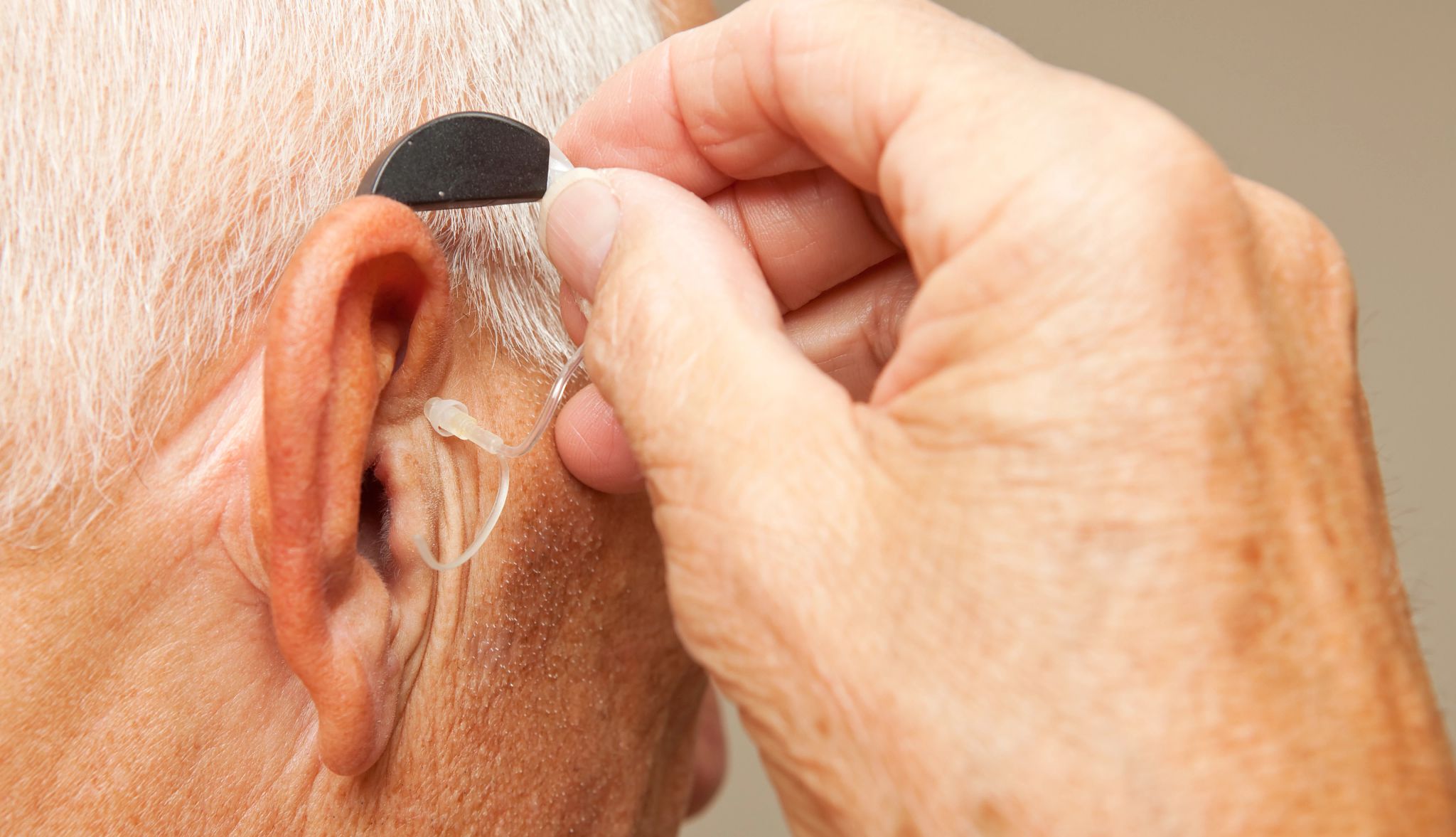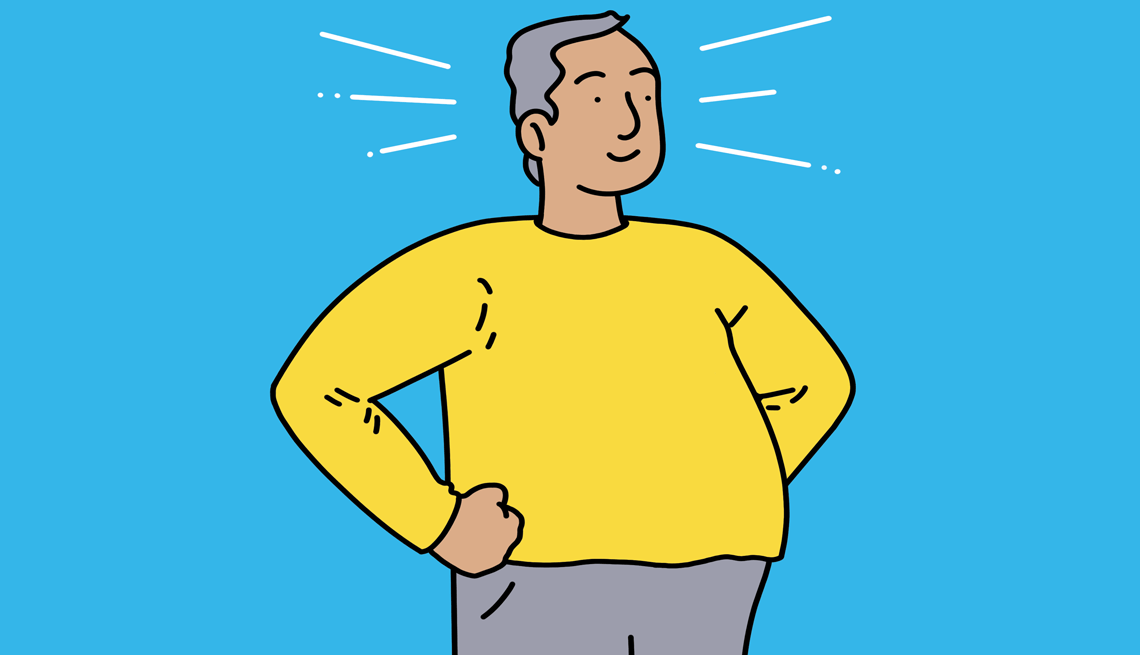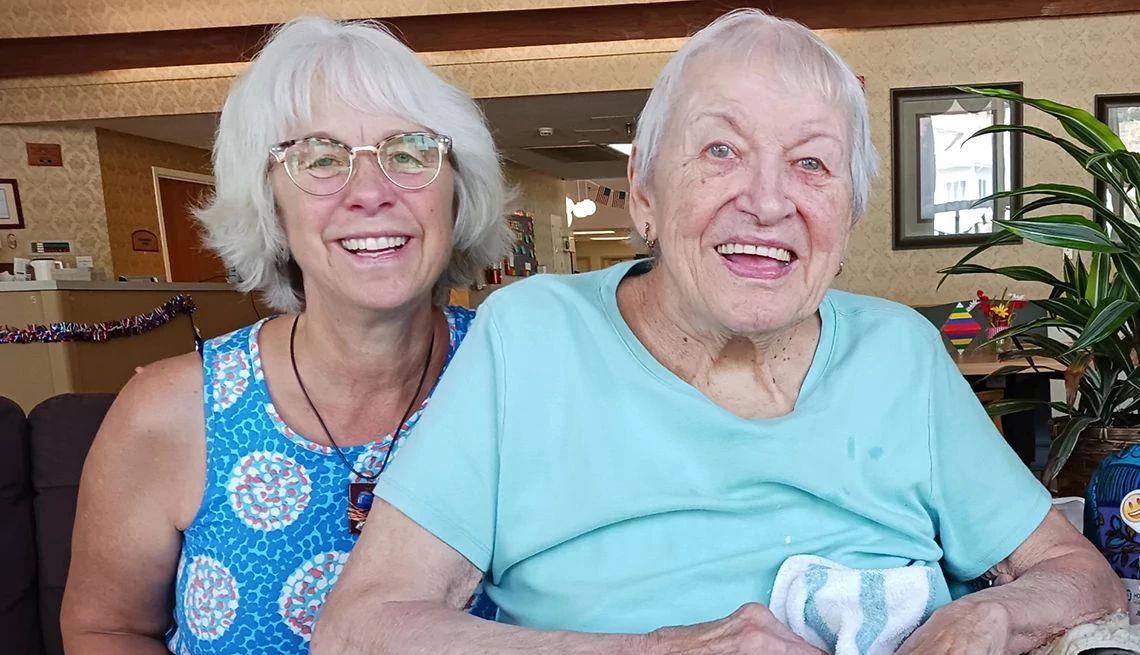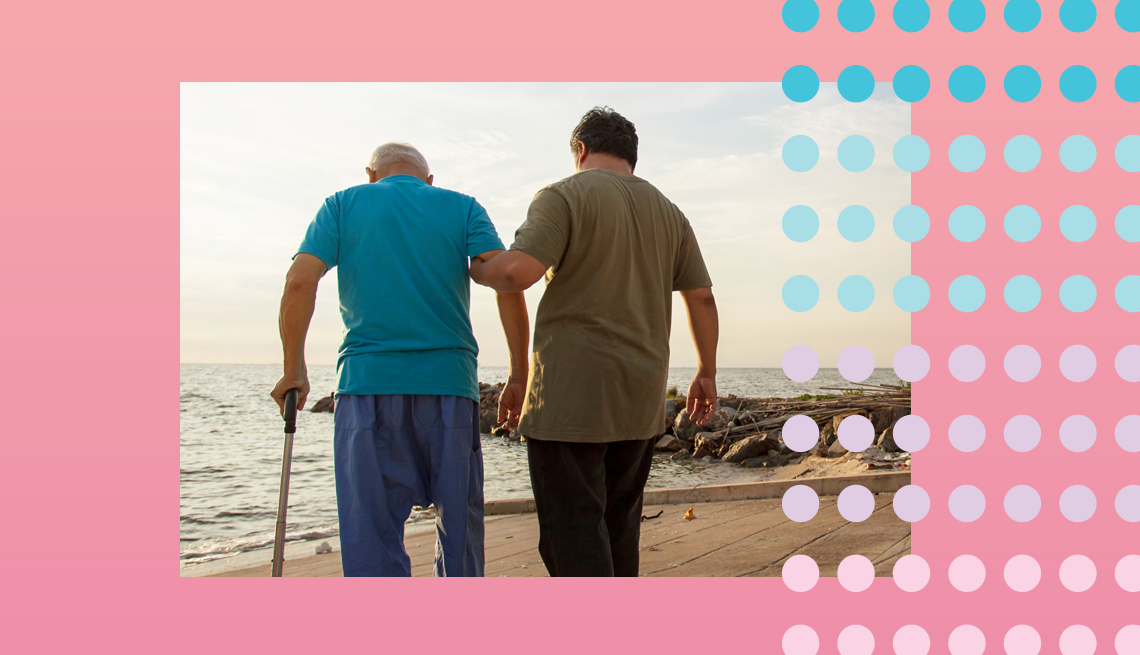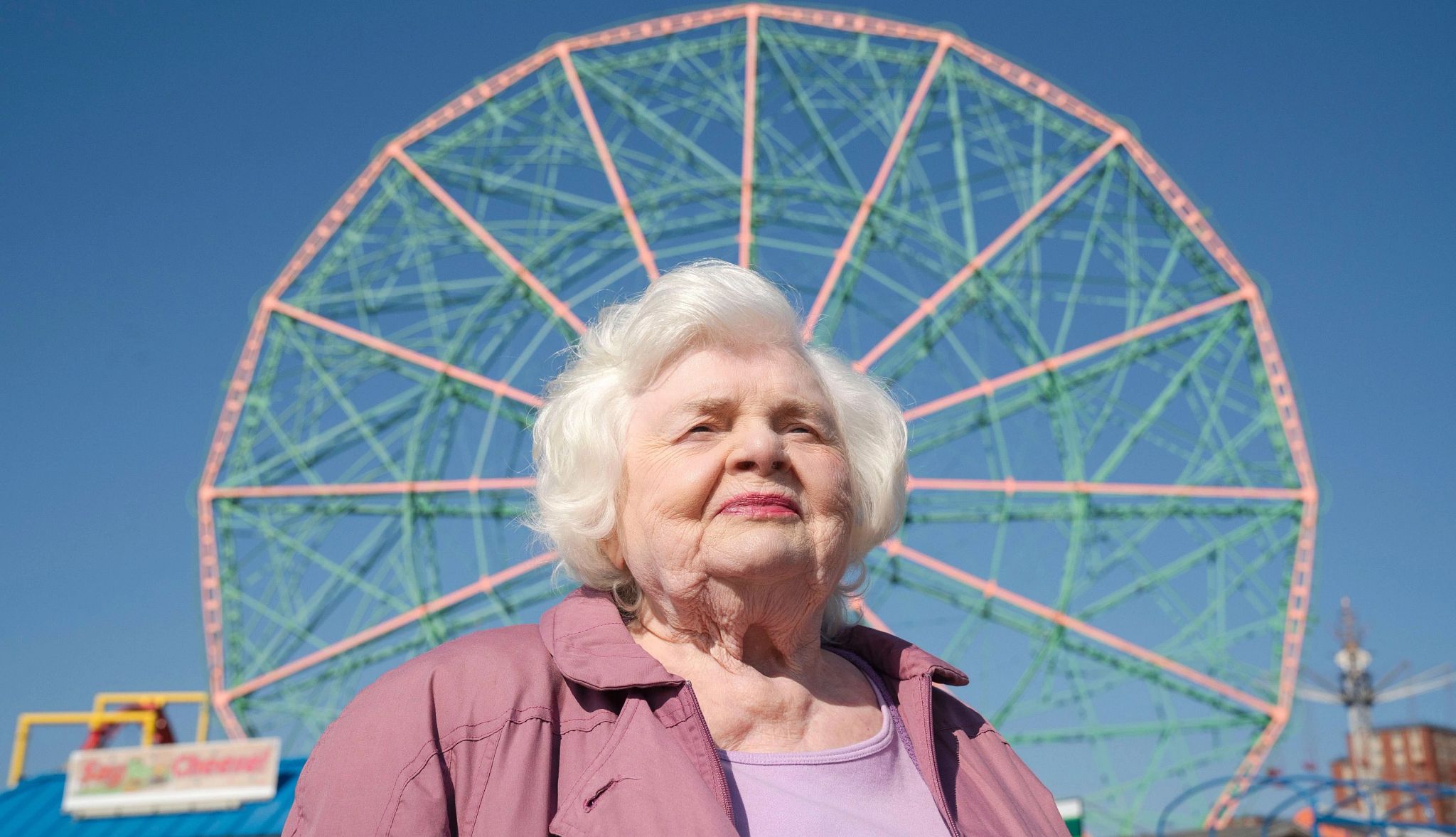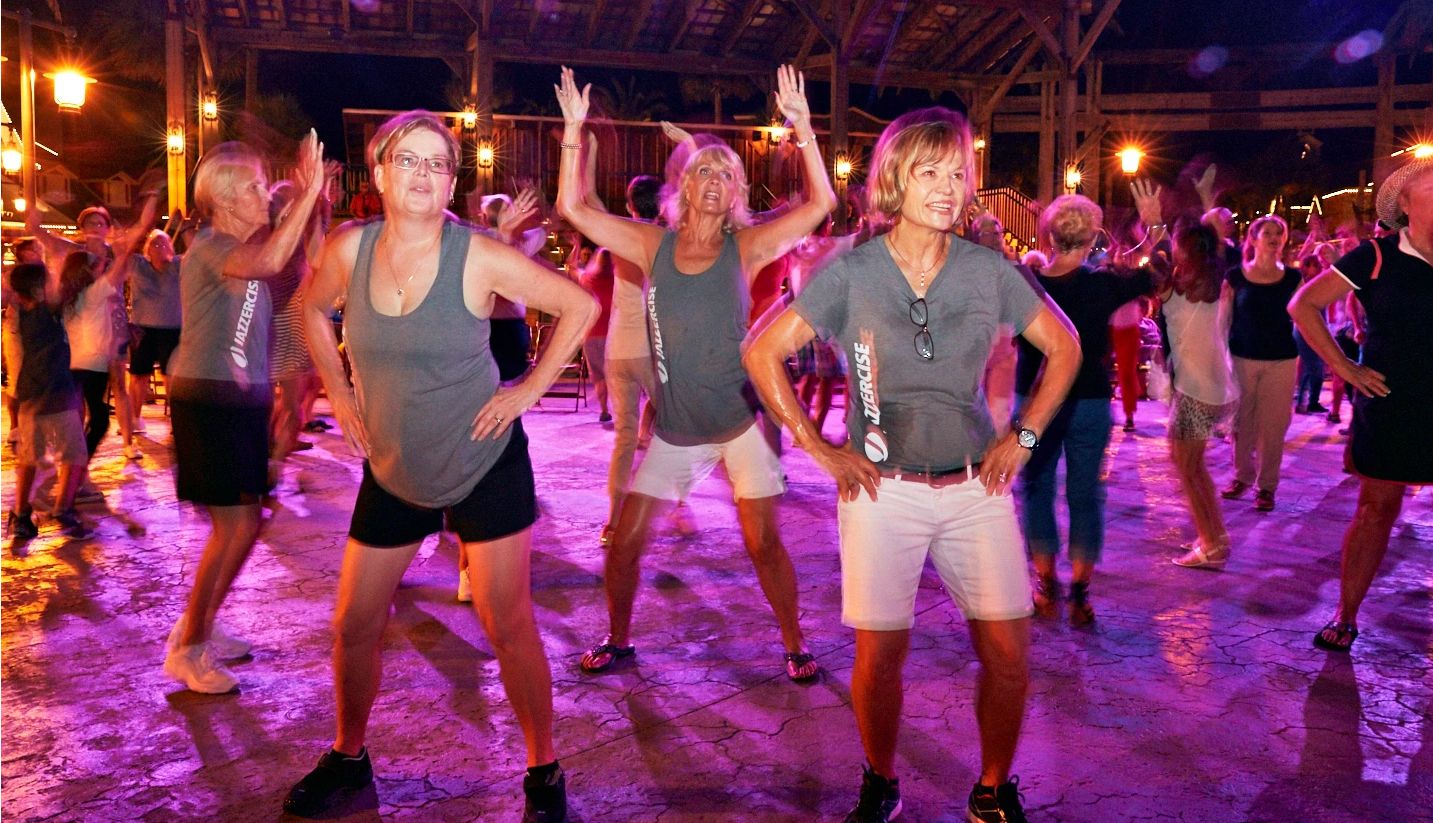AARP Hearing Center

When the COVID-19 pandemic hit, Charlotte McKenzie turned to online fitness classes to stay active.
She tried a variety of exercise styles and eventually got hooked on Nia, a holistic movement practice that combines elements of dance, martial arts and healing arts, such as yoga and relaxation techniques.
The class is one of several virtual fitness options AARP Texas is offering to help empower people to live healthier, more fulfilling lives as they age. Texans—or anyone in the U.S. and abroad—can choose from a range of free classes every week that includes Nia, Zumba, tai chi, strength training, and balance and mobility.
McKenzie, a retired biotech and pharmaceutical industry leader from Frisco, says she is thrilled that AARP’s classes are continuing beyond the pandemic. Even though she has gone back to in-person classes at her gym, she says it helps to have the virtual option if the weather is bad or life gets busy.
Whether it’s picking up bags of groceries or going up stairs, “I can just tell when I feel stronger.... The classes definitely make a difference,” says McKenzie, who currently serves as AARP Texas’ volunteer state president.
AARP member surveys show that Texans age 50 and over want to keep their bodies and minds healthy, says Lisa Rodriguez, senior director of community strategy for AARP Texas.
About 500 people on average sign up for a class, which they can attend live and get a recording to follow along with later. No special equipment or prior experience is needed. AARP Texas requires registration in advance to ensure there are enough spots on the Zoom platform.
The classes generally last an hour, with a short introduction to the activity, a cool-down period and a Q&A at the end to ask questions and share comments with the instructor and other participants.
The sessions “are inclusive of different fitness levels, which is the beauty of it,” Rodriguez says.
The Texas-based instructors are certified and show different ways to do the exercises. For example, the strength training course has weightlifting, but participants can also opt to use a can of vegetables as their weight—or just move their arm up and down.
Benefits of exercise
The benefits of physical activity are significant. For people 65 and older, they include better sleep, less anxiety, lower blood pressure, improvements in heart and brain health and reductions in cancer risk.
The U.S. Centers for Disease Control and Prevention recommends 150 minutes of moderate exercise (such as brisk walking) or 75 minutes of intense exercise (like jogging or swimming) each week.
Nia, which stands for neuromuscular integrative action, focuses on connecting with your body and your community, says Jule Aguirre, 58, who is based in Dallas and teaches classes for AARP Texas.
Aguirre leads participants through Nia Moving to Heal. It is a great fit for those 50 and over because it “invites people to slow down, simplify, get out of their head and into their body,” says Aguirre, who is also an international Nia faculty trainer.
Aguirre might prompt participants to do sharp punches while exclaiming “ha!” or fluid motions like stirring imaginary bubbles while saying “wow!”
During the classes, participants “come alive—they feel young again,” Aguirre says.
Go to aarp.org/getfittx for more information and to sign up for classes. ■
Carina Storrs, a New York–based journalist, covers aging, health policy, infectious disease and other issues.
More on Health & Wellness
- What's the Best Protection Against Extreme Heat?
- Is There a Link Between Sugar and Cancer?
- The #1 Exercise for Your Shoulders




